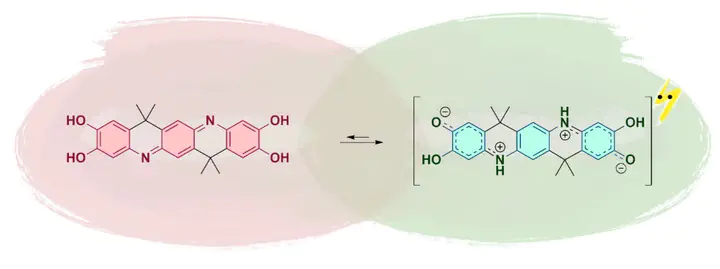Resonance-Assisted Self-Doping in Robust Open-Shell Ladder-Type Oligoaniline Analogues

Abstract
A novel resonance-assisted self-doping mechanism has been demonstrated in ladder-type oligoaniline-derived organic conductors. The new class of compounds has a unique structure incorporating acidic phenolic hydroxyl groups into the ladder-type cyclohexadiene-1,4-diimine core, enabling efficient proton transfer and self-doping without the need for external dopants. Mechanistic studies and computational studies confirm the open-shell, zwitterionic nature of the self-doped state and the significant role played by the dielectric environment. This new self-doping mechanism allows for higher stability and durability in the material’s electronic performance. The self-doped form retains durability under harsh conditions and maintains its properties over extended periods of time.